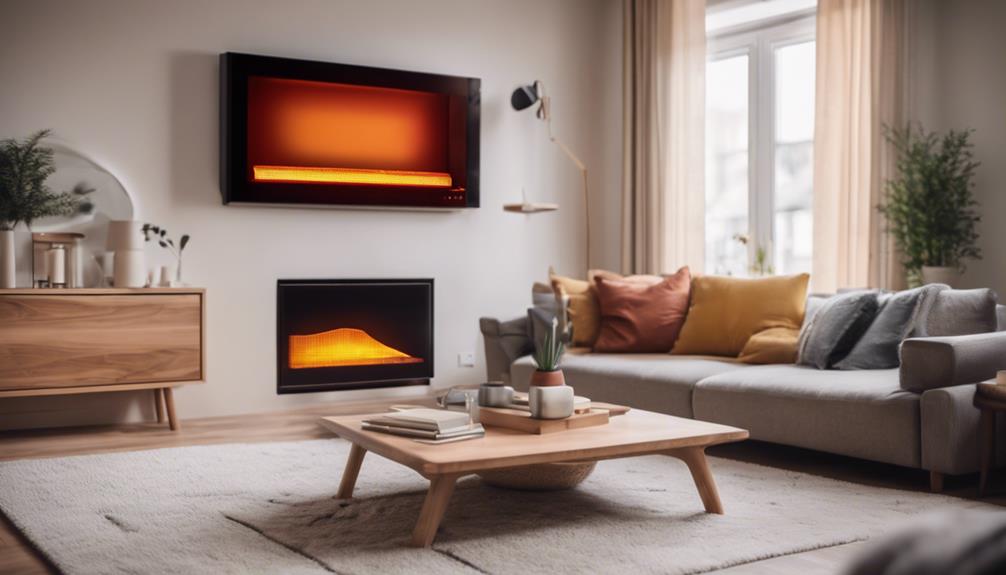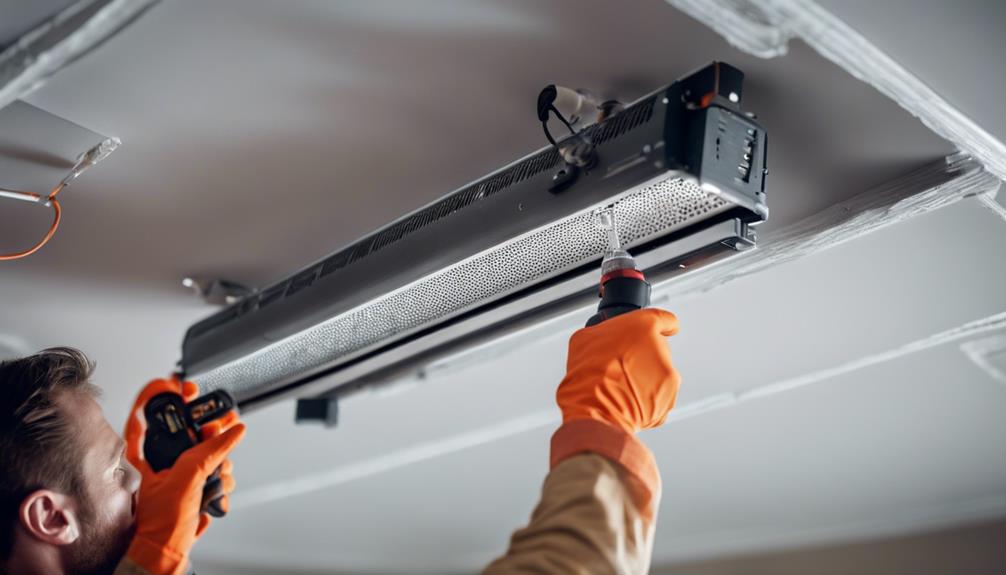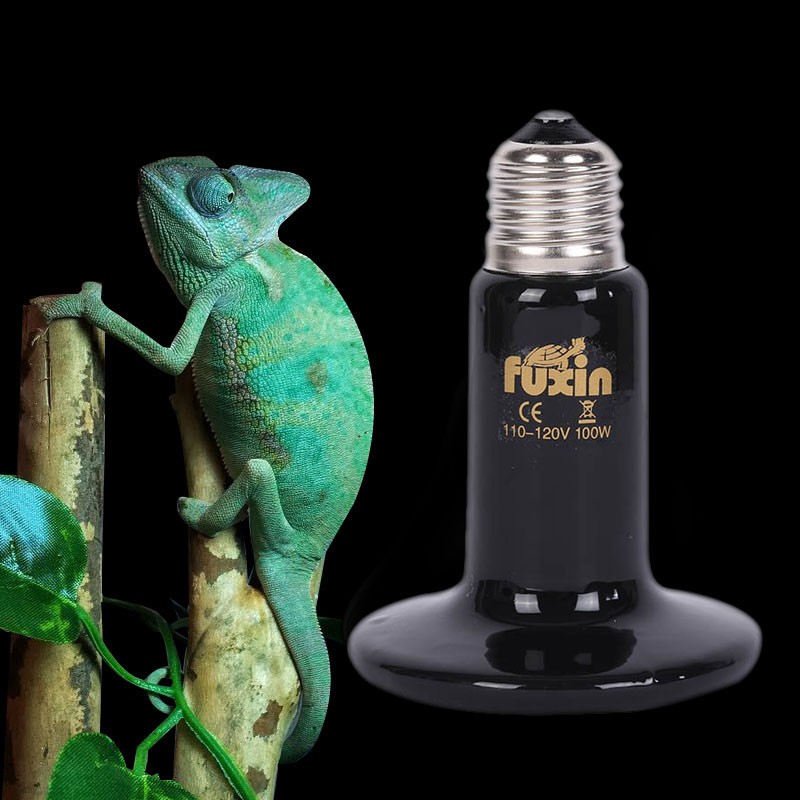
Discover how efficient and eco-friendly infrared heaters offer substantial savings and sustainable heating in your home. Directly heating objects, these heaters are energy-efficient and improve air quality by reducing allergens. With targeted heat transfer and lower energy consumption, they contribute to a greener environment. Enjoy cost savings through decreased energy expenses and long-term efficiency. Tips on proper installation and maintenance guarantee peak performance and safety. Compare to traditional methods for superior energy efficiency and tailored heating solutions. Test your knowledge on infrared heaters to debunk myths and guarantee safe, efficient usage. Reveal the secrets to sustainable heating and savings with infrared technology.
Benefits of Infrared Heaters

Experience energy-efficient warmth with the numerous benefits of infrared heaters. Not only do these heaters provide a cost-effective way to heat your space, but they also offer unique health benefits.
Unlike traditional heaters that rely on circulating air, infrared heaters heat objects directly, which can help reduce airborne allergens and improve air quality. This direct heating method can also be gentler on your respiratory system, making it a favorable option for individuals with asthma or allergies.
In addition to the health benefits, infrared heaters are eco-friendly options for heating your home or office. By emitting infrared radiation, these heaters operate at a lower temperature compared to conventional heaters, resulting in less energy consumption.
This reduced energy usage not only saves you money on your utility bills but also decreases your carbon footprint, contributing to a more sustainable environment.
Understanding Infrared Heating Technology
Gain insight into the inner workings of infrared heating technology and how it differs from traditional heating methods.
Infrared heaters operate by emitting infrared wavelengths that directly heat objects and individuals in their path, as opposed to heating the air like conventional heaters. This targeted approach results in more efficient heat transfer since the energy isn't wasted on heating the surrounding air. The emitted infrared radiation penetrates the air without heating it, making it a quicker and more energy-efficient method of providing warmth.
When compared to traditional convection heating, which relies on warming the air first, infrared heaters offer several advantages. Since infrared radiation heats objects directly, it eliminates the need to constantly heat and circulate large volumes of air.
This can lead to cost savings as infrared heaters provide instant warmth and can maintain a comfortable temperature with less energy consumption. Understanding the principles of infrared heating technology highlights its effectiveness in providing sustainable and efficient heating solutions.
Energy Efficiency of Infrared Heaters

Infrared heaters demonstrate superior energy efficiency compared to traditional convection heating methods due to their direct heating approach.
Unlike convection heaters that warm the air in a room, infrared heaters emit infrared radiation that directly heats objects and individuals in its path. This targeted heating reduces energy consumption by focusing heat where it's needed most, rather than constantly heating an entire room regardless of occupancy.
Moreover, infrared heaters offer the flexibility of heating zones, allowing you to control which areas receive heat. By only heating specific zones or individuals, you can further optimize energy efficiency by avoiding wasteful heating of unoccupied spaces.
This zoning capability not only enhances comfort by tailoring the heating to your needs but also contributes to significant energy savings.
Cost Savings With Infrared Heaters
In terms of cost savings, utilizing infrared heaters can considerably reduce energy expenses compared to traditional convection heating methods.
Infrared heaters operate by directly heating objects and people in a room, rather than heating the air, resulting in more efficient energy usage. When conducting a cost analysis, it becomes evident that the targeted heating approach of infrared heaters leads to long-term savings on energy bills.
The key advantage lies in the ability of infrared heaters to provide instant warmth, allowing you to heat specific areas only when needed, thereby avoiding unnecessary energy consumption. This focused heating reduces heat loss through drafts or uninsulated walls, further contributing to cost savings over time.
Additionally, the lifespan of infrared heaters tends to be longer than that of traditional heating systems, translating to reduced maintenance and replacement costs in the long run.
Installation and Maintenance Tips

For efficient operation and longevity of your infrared heaters, it's essential to adhere to proper installation and maintenance guidelines.
When installing your infrared heaters, make certain they're mounted at the correct height and angle for ideal heat distribution. Position them away from obstructions such as curtains or furniture to prevent airflow blockages. Additionally, consider the heater's coverage area and the room's layout for strategic placement.
Maintenance best practices for infrared heaters include regular cleaning of the reflectors and heating elements to remove dust and debris that can reduce efficiency.
Inspect the power cords and connections for any signs of wear or damage, and replace them if necessary to avoid safety hazards.
Periodically check for any loose screws or fittings that may affect the heater's stability.
Comparing Infrared Heaters to Traditional Heating Methods
When considering heating options, traditional methods and infrared heaters differ in their efficiency and energy-saving capabilities.
Traditional heating methods like central heating systems or electric furnaces heat the air in a room, leading to heat loss through drafts, ducts, and walls. In contrast, infrared heaters emit infrared radiation that directly heats objects and people in the room, resulting in more targeted and efficient heating.
There are various types of infrared heaters, including quartz infrared heaters, ceramic infrared heaters, and radiant infrared heaters.
These heaters operate by emitting different types of infrared radiation, with quartz heaters producing short-wave infrared heat that heats up quickly, ceramic heaters emitting medium-wave infrared heat that's absorbed by the skin, and radiant heaters offering a gentle, long-wave infrared heat that's suitable for heating larger spaces.
Compared to traditional heating methods that can lead to heat wastage, infrared heaters provide a more energy-efficient solution by focusing on heating the specific area or individuals.
This targeted approach can result in potential cost savings and sustainable heating practices.
Quiz: Test Your Infrared Heater Knowledge

Test your knowledge on infrared heaters by taking this quiz to assess your understanding of their efficiency and energy-saving benefits.
When it comes to infrared heaters, there are common myths that need to be debunked. One prevalent misconception is that they pose a fire hazard due to their high temperatures. However, infrared heaters are designed with safety features like automatic shut-off mechanisms to prevent overheating.
Another myth is that infrared heaters consume a lot of energy, but in reality, they're known for their energy efficiency by directly heating objects and people instead of wasting energy on heating the air.
Safety considerations when using infrared heaters include guaranteeing proper ventilation to avoid carbon monoxide buildup, keeping flammable materials away from the heater, and not using extension cords. Regular maintenance and following manufacturer guidelines are essential to guarantee safe operation and peak performance of your infrared heater.
Now that you're aware of these myths and safety tips, you can make informed decisions when using infrared heaters for sustainable heating solutions.
Conclusion
To summarize, infrared heaters offer numerous benefits including energy efficiency, cost savings, and easy installation.
By understanding the technology and comparing it to traditional heating methods, you can make an informed decision on whether infrared heaters are the right choice for your sustainable savings.
Remember to prioritize proper installation and maintenance for peak performance.
Take the quiz to test your knowledge and see how much you've learned about this eco-friendly heating option.

